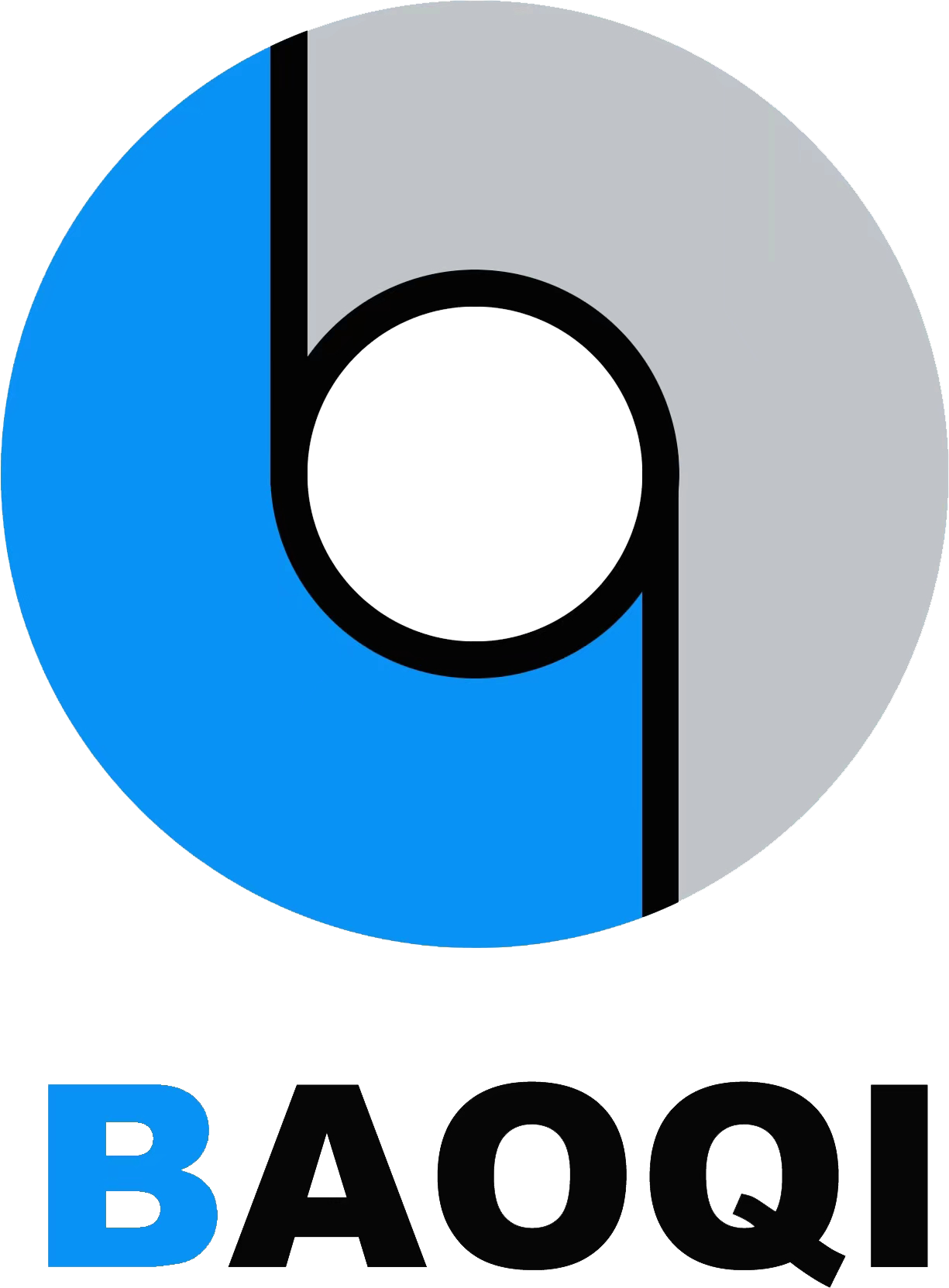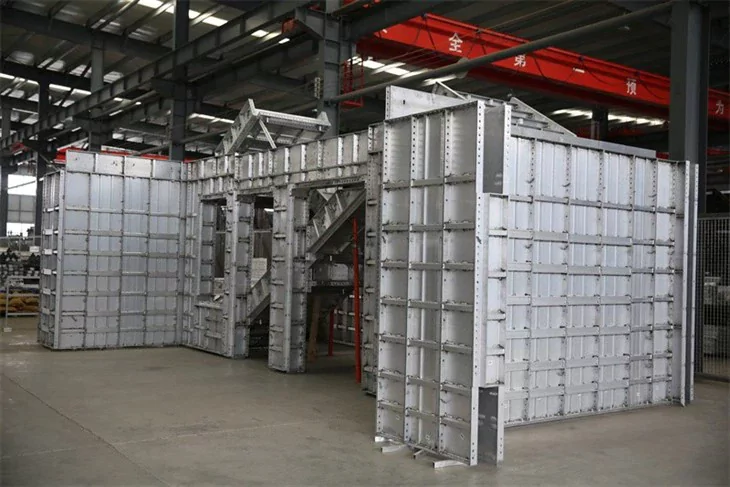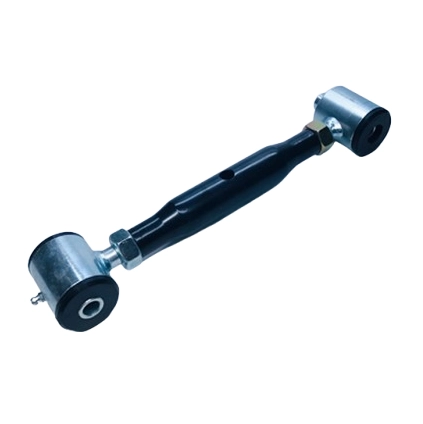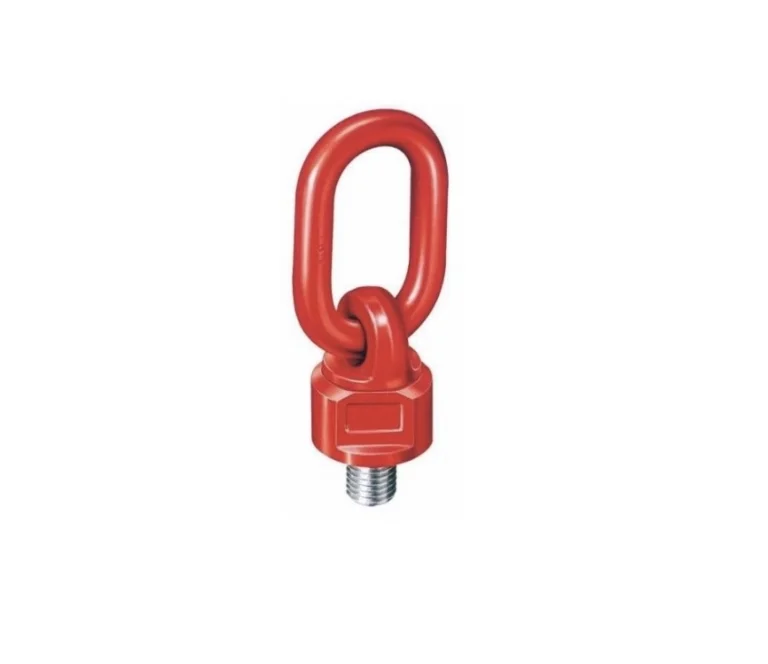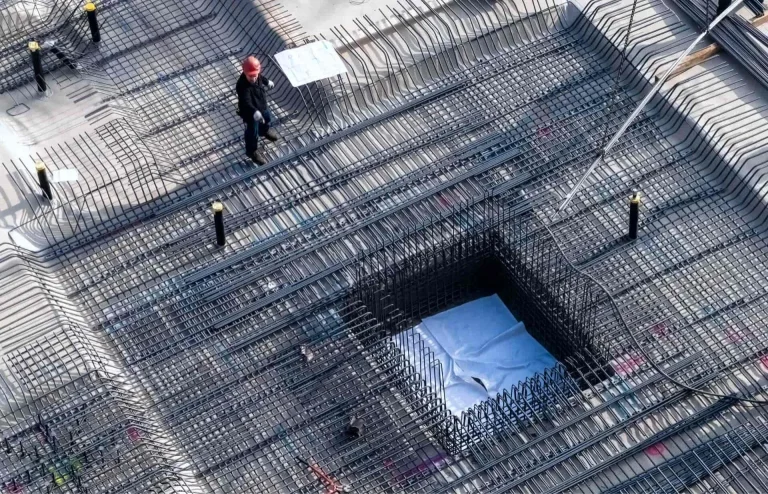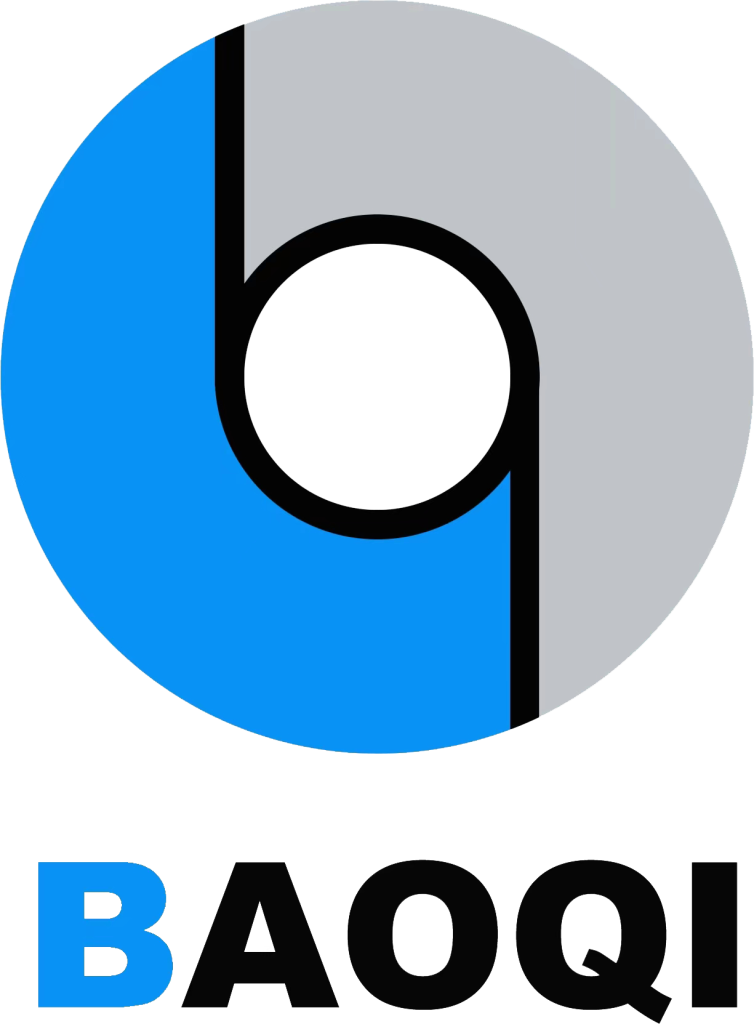Understanding Aluminium Concrete Formwork
Introduction to Aluminium Formwork

Aluminium Concrete Formwork has revolutionized the construction industry with its innovative approach to building structures. This system utilizes aluminum formwork profiles concrete templates to create a mold for poured concrete, allowing for the rapid and efficient creation of various structural elements. The use of aluminum in formwork offers a lightweight, durable, and reusable solution that enhances the overall efficiency of construction projects.
The concept of aluminum formwork was introduced as a response to the limitations of traditional timber and steel formworks. While timber is susceptible to warping and degradation over time, and steel is heavy, aluminum provides an optimal balance of strength and weight. This makes it an ideal material for formwork systems used in high-rise buildings, residential complexes, and infrastructure projects.
Key Components of Aluminium Formwork
The key components of an aluminum formwork system include panels, beams, ties, and other accessories that work together to create a stable mold for concrete pouring. Panels are made from high-grade aluminum alloy that ensures durability and precision in construction. These panels are available in various sizes to accommodate different architectural designs.
Beams provide additional support and stability to the structure, ensuring that the formwork can withstand the pressure exerted by wet concrete. Ties are used to hold the panels together securely during the pouring process. Other accessories such as brackets, pins, and wedges facilitate easy assembly and disassembly of the formwork system, making it a versatile choice for different types of projects.
Advantages of Aluminium Concrete Formwork
Fast & Efficient Construction
One of the primary advantages of using Aluminium Concrete Formwork is its ability to expedite construction timelines significantly. The lightweight nature of aluminum allows for quick assembly and dismantling of formwork components. This efficiency reduces labor costs and minimizes project delays.
The precision engineering of aluminum formwork profiles ensures that each component fits perfectly with others, reducing the need for on-site adjustments. This precision translates into faster completion times for each phase of construction, from foundation work to final finishes.
Safe & Reliable Systems
Aluminium Concrete Formwork systems are designed with safety as a top priority. The inherent strength of aluminum provides robust support for wet concrete loads, minimizing risks associated with structural failures during construction. Additionally, these systems are engineered to meet stringent safety standards, ensuring reliable performance even under challenging conditions.
The modular nature of aluminum formwork allows for easy integration with safety features such as guardrails and access platforms. This adaptability enhances worker safety by providing secure working environments at various heights.
Simple Design and Implementation
The simplicity of design is another significant advantage offered by Aluminium Concrete Formwork systems. The standardized components make it easy to plan and execute complex architectural designs without compromising on quality or efficiency.
The straightforward assembly process reduces reliance on skilled labor while maintaining high standards of accuracy in construction. As a result, builders can achieve consistent results across multiple projects with minimal training requirements.
Structural Benefits
Durability and Strength
Aluminum is well known for its durability and impressive strength-to-weight ratio which makes it a great option, for constructing formworks. Unlike materials that might deteriorate over time because of influences or frequent use patterns; aluminum retains its strength and integrity through multiple uses.
The longevity of this quality means that contractors can use their investment for projects without sacrificing quality or performance levels in the run.
Material Efficiency
Material efficiency is another critical benefit associated with Aluminium Concrete Formworks systems—aluminum’s recyclability contributes positively towards sustainable building practices by reducing waste generation during manufacturing processes.
Furthermore; because these systems require fewer raw materials than conventional alternatives like timber or steel; they contribute towards resource conservation efforts within the industry—making them both economically viable and environmentally responsible options alike!
Flexibility and Adaptability
Lightweight Handling
A notable aspect of Aluminum Concrete Formworks is its design making it easier to transport and maneuver on site.
Workers can put it together and take apart these units quickly without needing the help of machinery which helps make operations more efficient and decreases the risks associated with manual tasks at the same time.
Versatile Applications
Many professionals choose to use aluminum-based solutions in their work due to their versatility. Whether it’s building homes or developing infrastructure projects this adaptable technology can meet a range of needs and easily accommodate diverse design requirements.
In summary, choosing aluminum-based technologies is a move that brings advantages such, as boosting productivity enhancing safety measures, and promoting sustainability. All of which contribute to successful project outcomes and the satisfaction of stakeholders involved in the process.
Environmental and Economic Impact
Eco-Friendly Practices
Aluminium Concrete Formwork is widely appreciated for its features that play a crucial role in promoting sustainable building methods. The incorporation of aluminum, a material known for its recyclability helps lessen the footprint by decreasing the demand for fresh raw materials. Once it completes its use in formwork scenarios aluminum retains its qualities after recycling thereby endorsing a circular economy.
Furthermore, the making of aluminum formwork profiles for templates uses more energy than traditional materials such as steel. This energy efficiency leads to lower carbon emissions during the manufacturing process. Additionally, the long-lasting and reusable nature of aluminum formwork minimizes waste generated on construction sites since the components can be used again in multiple projects without deteriorating.
Aluminum lightweight properties also lead to fuel usage in transportation processes which helps in decreasing the impact linked with construction work activities effectively contributing towards global sustainability targets and ensuring top-notch infrastructure quality is maintained by builders.
Cost Efficiency
From a perspective, Aluminium Concrete Formwork provides cost savings that are advantageous for both contractors and customers. Although the initial cost of aluminum formwork may be higher compared to options the substantial long-term savings come from its ability to be used repeatedly and its durability.
The quick removal features of aluminum formwork systems lead to project completion times and a notable decrease, in labor expenses. The designed parts help reduce mistakes and waste material at the construction site resulting in resource management.
Moreover, the decreased need for upkeep and longer longevity of aluminum formwork allow contractors to attain improved returns over time, with this Aluminium Concrete Formwork option being appealing for projects where budget and timelinesre vital factors to consider.
Step-by-Step Construction Process Using Aluminium Formwork
Initial Preparations
The use of Aluminium Concrete Formwork, in construction starts with planning and preparation where the layout of the formwork system is designed according to structural needs with input from engineers and architects working together to ensure a cohesive fit for the intended result.
Before starting the installation process site inspections are carried out to evaluate the ground conditions and confirm measurements accurately. This stage is essential for recognizing any obstacles that could emerge during construction and dealing with them preemptively.
Foundation Work
After finishing the preparations the actual foundation work starts with assembling aluminum formwork profiles to create a mold, for pouring concrete foundations smoothly and accurately at the construction site due, to their lightweight design that enables easy handling and precise alignment.
Steel rods are inserted into the molds to strengthen the structure before pouring in the mixtures making sure that the foundation work is done swiftly while upholding standards of quality and safety.
Wall Footing Construction
After laying the groundwork the construction of wall footings follows with an approach. The aluminum panels are set up vertically to create molds for the wall footings. These panels offer support for the concrete while ensuring precise alignment during the curing process.
During this stage ties and beams are used to hold up and support panels making sure they stay in position while fresh concrete is poured. This helps them withstand pressure, from directions until they fully harden over time.
Slab-on-grade Casting
The following task includes pouring slabs on the ground, which plays a significant role in enhancing the overall stability of the building. More Aluminum based materials are highly valued for their ease of use and strong performance in environmental conditions.
Formwork systems tailored for laboratory use enable transitions, between sections reducing potential vulnerabilities while maximizing their load-bearing capabilities at the same time.
Wall & Deck Formwork Process
As the building goes higher the focus turns to setting up wall decks using custom Aluminum based systems for each job. Panels arranged in layouts effortlessly meet design requirements ensuring consistent uniformity throughout the entire structure.
Building decks with parts, provides versatility and adaptability enabling easy incorporation of extras, like stairs and balconies while ensuring structural consistency throughout the project.
Finishing Touches
Finally, after completing the components, the attention turns to adding the final details needed to bring the whole vision to life completely. This involves installing window and door hardware and carrying out inspections to guarantee compliance with all rules and standards before starting the handover phase accordingly.
Explore Innovative Solutions by BaoQi
At the forefront of innovation, BaoQi provides solutions using Aluminum technology to improve customer experiences. They offer a range of products and services that cater to needs in residential and commercial sectors as well, as industrial applications.
By teaming up with BaoQi experts individuals can tap into a pool of experience and intelligence to confront the most intricate challenges, with determination ensuring successful results each time and maintaining a high level of satisfaction consistently thereafter.
In conclusion, choosing aluminum-based techniques is a decision that offers a wide range of advantages including increased efficiency and enhanced safety measures that support sustainability efforts. All of these factors contribute to project outcomes that consistently surpass stakeholder expectations.
